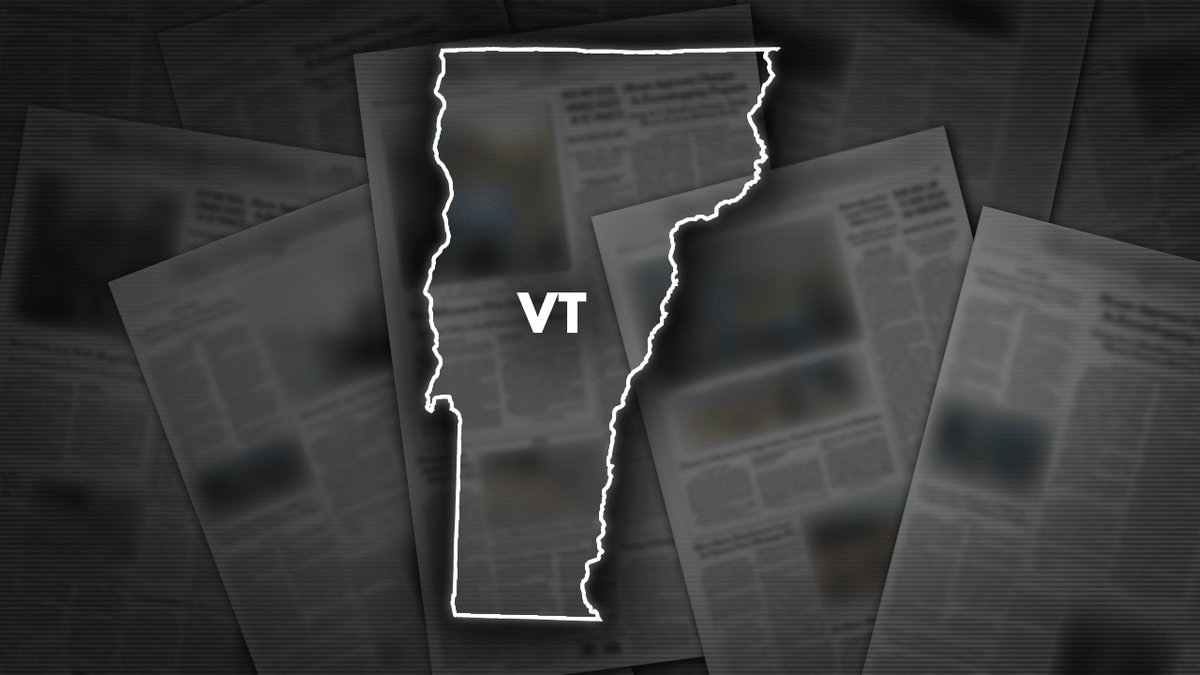Fox News Flash top headlines for November 4
Fox News Flash top headlines are here. Check out what's clicking on Foxnews.com.
Vermont voters this Election Day could choose the first woman to serve in the state’s Congressional delegation.
In what some see as an anomaly in deep-blue Vermont, the state is the only one in the country that has never sent a woman or a member of a minority group to represent it in Congress.
But in Tuesday’s voting, Democratic state Senate President Pro Tempore Becca Balint, a former teacher who would be the first openly gay person to represent Vermont, is the leading candidate in the race for the state’s lone seat in the U.S. House of Representatives.
Vermont’s current member of the U.S. House, Democratic Rep. Peter Welch, is the leading candidate to succeed retiring U.S. Sen. Patrick Leahy. In the governor’s race, Republican incumbent Gov. Phil Scott is seeking a fourth, two-year-term. Vermonters will also vote on whether to amend the state constitution to guarantee abortion rights.

Vermont is likely to send state senate President Pro Tempore Becca Balint to Congress, replacing incumbent Peter Welch, who will likely win the Senate seat vacated by Patrick Leahy.
Here’s a look at what to expect on election night:
Election Night
Polls close at 7 p.m. ET.
How Vermont Votes
There are some 500,000 registered voters in Vermont, with about 445,000 of them active. All active Vermont voters will be sent a general election ballot that must be returned no later than poll close on election night, 7 p.m. ET.
Vermonters can check their registration status on the My Voter Page but for official information, residents must check with the clerk in their town of residence.
Early and absentee voting is open to everyone and begins no later than 45 days before Election Day.
Voters can mail their ballots with the recommendation they are sent by Oct. 31 to ensure they are received in time. Voters may also deposit their ballot into a drop box or bring them in person to their hometown or clerk’s office. They can also drop off ballots on Election Day at their polling location.
Considered a blue state, Vermont has kept its Democratic incumbents in Congress but is balanced by a GOP governor. Since Vermonters like their incumbents, this year will be interesting because Leahy is retiring and Vermont will pick a new senator for the first time since Bernie Sanders came into office.
SEN. PATRICK LEAHY TAKEN TO HOSPITAL IN WASHINGTON 'AS A PRECAUTION' AFTER NOT FEELING WELL
Decision Notes
Unlike most states, Vermont, along with other New England states, reports vote counts at the town or ward level rather than at the county level and provides only one report on election night.
That delays calling close races and races with multiple winners in state Senate races. It can also make some statewide races harder to call until there is enough representation throughout the state. Typically, reports begin to arrive by 7:15 pm ET and remain steady until late evening. Less than 1% of the count remains to be reported the following day and is usually done by early afternoon.
The AP may call a statewide or U.S. House race in which the margin between the top two candidates is 0.5% or less, if we determine the lead is too large for a recount to change the outcome.
There are no mandatory recount laws. However, nonmandatory recounts are allowed at the request of a candidate if the vote count is within a tight margin; a candidate cannot request a recount of a portion of the state. To petition for a recount for a federal, statewide, county or state Senate race, the difference between the loser and winner — divided by the total votes cast for all candidates, then divided by the number of persons to be elected — must be less than 2%. For state House races, the result must be less than 5%.
For general elections, candidates for governor, lieutenant governor and treasurer must receive a majority of votes, meaning a candidate must receive 50% of votes cast plus one vote to be elected. If no majority is received, the state Senate and House will elect the winner. Tie votes in local races will result in runoffs.
Races with too few votes and not enough of a margin or vote difference will remain uncalled.
The AP will not call down-ballot races on election night if the margin between the top two candidates is less than 2% or if the leading candidate is within 2% of the 50% runoff threshold. The AP will revisit those races later in the week to confirm there aren’t enough outstanding votes left to count that could change the outcome.
What Else Should I Know?
Q: What’s Changed Since the Pandemic Election of 2020?
A: The state is using essentially the same electoral system in 2022 that was in place for the 2020 election. It includes a system that now allows voters to "cure" defective ballots, such as when voters don’t properly follow the proper procedures. The voter is notified by the town or city clerk within three days of receipt of the defective ballot, giving the voter the opportunity to fix it so it can be counted.
Q: What Do Turnout and Advance Vote Look Like?
A: In 2018, 26% of voters cast early absentee/advance ballots. In 2020, advance voting jumped to 76%. Advance votes are reported with Election Day votes in a single report by the local clerk.
CLICK HERE TO GET THE FOX NEWS APP
Q: How Long Does Counting Usually Take?
A: As many as 99.6% to 100% of votes are counted election night by 2 a.m., the rest by Wednesday afternoon.





